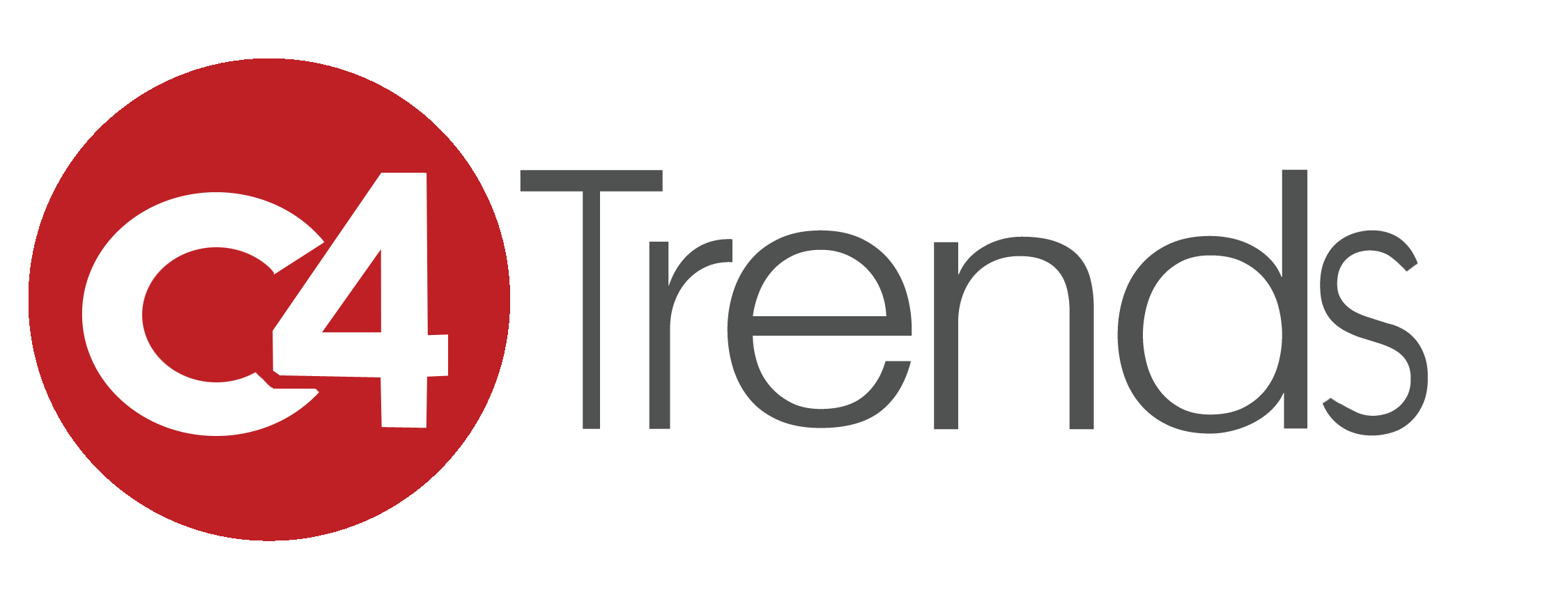Before Jack Teixeria, the 21-year-old junior-ranking US National Guard airman was arrested in April for leaking classified Pentagon documents, a large number of Americans may have never heard of Discord, the voice-over IP (VoIP) and instant messaging social platform. Though it has about 150 million monthly active users since it was founded in 2015, it is largely used by gamers.
Discord is just one of several modern communication services that now include Skype, Zoom, Microsoft Teams, Signal, Slack, and Notion – among others. All of those platforms allow some form of direct communication, as do Facebook, Twitter, TikTok, Instagram, Snapchat, Telegram, Truth Social, and others.
It is now increasingly common for a friend, relative, or colleague to suggest to hit them up on a platform you may have never used or barely heard of – and it often means installing and then signing up for yet another way to communicate.
What happened to good old texting, emails, or phone calls?
“Are there too many platforms? Probably yes, but they serve different purposes and appeal to different audiences and demographics,” explained Susan Schreiner, technology analyst at C4 Trends.
From Social Connections To Communication Platform
Everyone probably now knows someone who only prefers to communicate via Facebook or someone who seems to only engage via Twitter. Likewise, when trying to connect with colleagues Zoom has replaced the traditional conference call.
“Communication has always evolved, from the telegraph to the telephone to smartphones and from snail mail to fax and then email. It’s safe to say, however, our world has seen its biggest change as the Internet and social media made its mark,” said Jason Mollica, professorial lecturer and program director at American University’s School of Communication.
This can also add challenges.
Do you really need to install Slack because one colleague uses it, while another prefers Signal? The same is true of trying to manage so many social media accounts.
Connecting with people has never been easier, but it also requires a plethora of platforms.
“From an individual standpoint, being on every social network does a person little good,” Mollica added. “It’s important to choose those networks that are best for you. You don’t need to be on any platform, though.”
Yes, Blame the Pandemic
This oversaturation of communication tools had slowly been building, but it all changed when the country shut down just over three years ago at the start of the global Covid-19 pandemic. Zoom offered virtual face-to-face meetings, and social media allowed everyone to stay connected.
Now in the post-pandemic world, we’re stuck with an increasingly fragmented communication landscape.
“Perhaps the over-reliance on social media platforms is a consequence of the pandemic,” said Schreiner. “For close to two years Zoom, Skype, Teams, and other platforms became lifesavers to ameliorate loneliness. Overnight they also emerged as platforms to collaborate and conduct business. On an enterprise level, different organizations selected their preferred platform based on their own criteria.”
As a result, we’re now increasingly at risk of losing that direct human interaction and conversational abilities that can’t be replaced by posting on TikTok or Instagram, Schreiner added. She further warned that it seems as if people have forgotten how to pick up the phone and call a friend to share one’s day rather than just a superficial posting.
At issue is that each new service tries to do something a bit different from past platforms.
“I always advise students and professionals to be aware of what each social network offers,” Mollica suggested. “It’s true that TikTok is more popular with one group, but Twitter and Instagram still hold strong with others. Facebook may not be as strong as it was ten years ago. Regardless, people around the world are still sharing updates.”
Can The Market Support So Many Platforms?
Just as there is now a debate as to whether the market can support so many streaming services, the question to ask is how can so many social communication platforms coexist. The short answer is that we should expect to see some consolidation in the near future.
“Almost every new technology goes through an evolutionary phase where there is a proliferation of products,” Schreiner continued. “Remember the early days of cellphones, when on a tradeshow floor one could see dozens of brands? Fast forward to today with a remaining few brands vying for their share of the smartphone market. Similarly, these are still the early days for social media platforms – and they too will be replaced with the yet to emerge next new shiny platform.”
And that is probably good not just because it is hard to manage so many services, but that there is a risk involved in having so much personal information “out there” on an increasing number of platforms.
“Having too many accounts can be a security risk. One can try to be vigilant, but even if you have four accounts, an individual can still see their account hacked,” warned Mollica.
“Who hasn’t been photo-bombed on Zoom,” added Schreiner. “As we look to the future it would seem that a common security protocol across platforms might make sense.”
That may be just one part of the evolutionary phase of social media. But, we still shouldn’t get too comfortable with every start-up or new platform. Some will become the next Facebook, while others are destined to be another Friendster.
“We’re not going to see social media disappear,” said Mollica. “That’s why it’s important to understand how these networks can work for you and the value they bring over time.”

